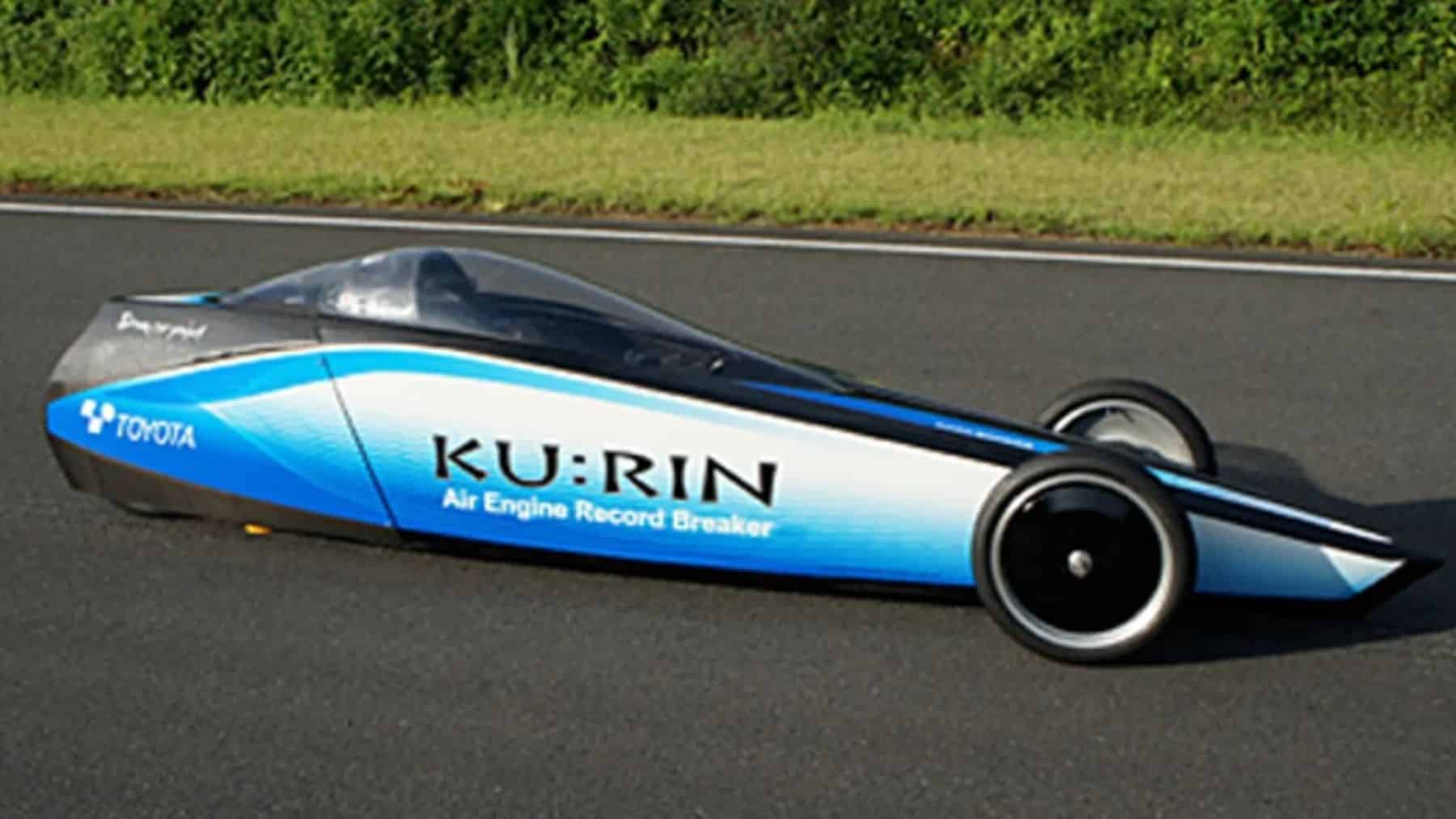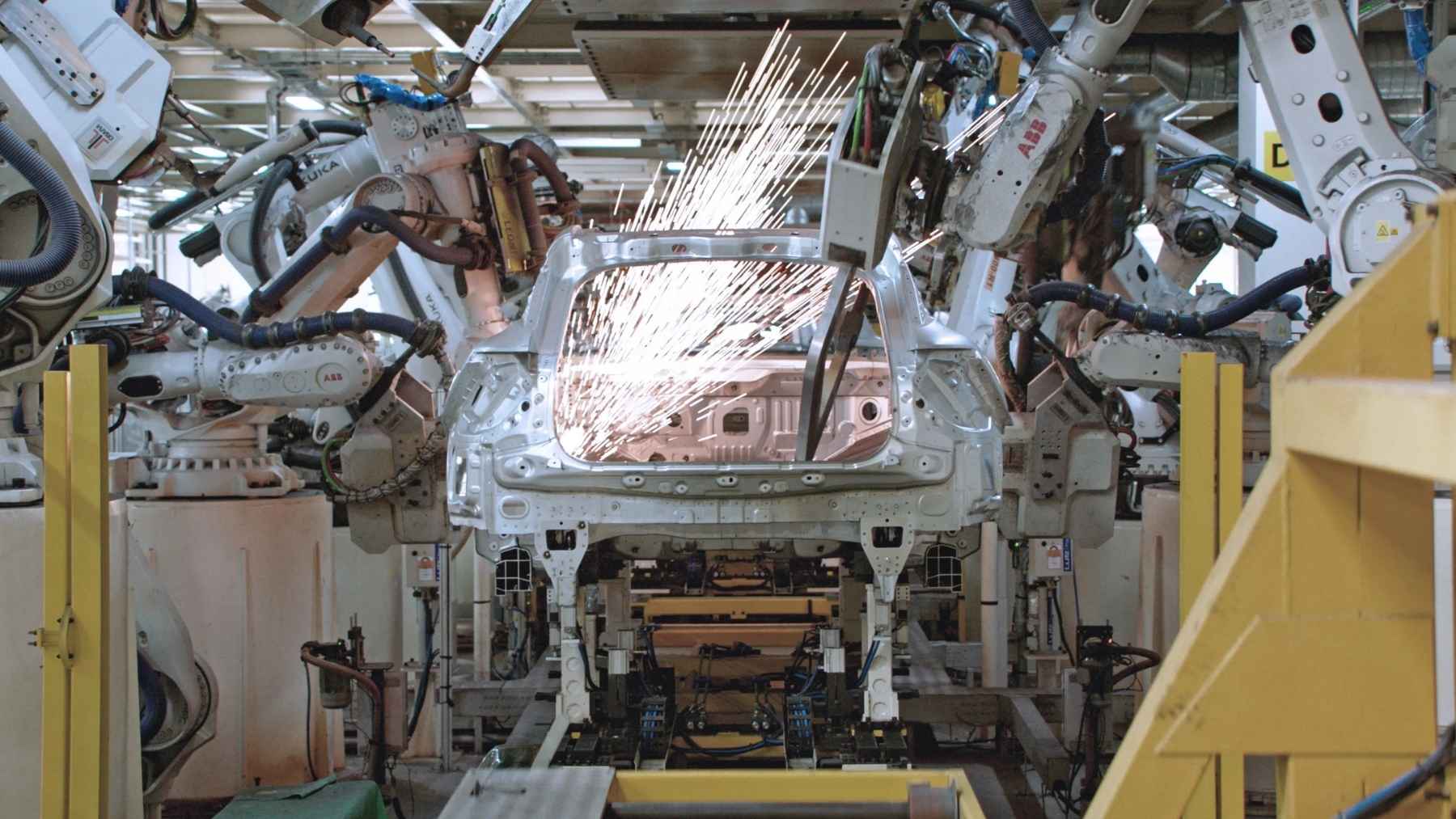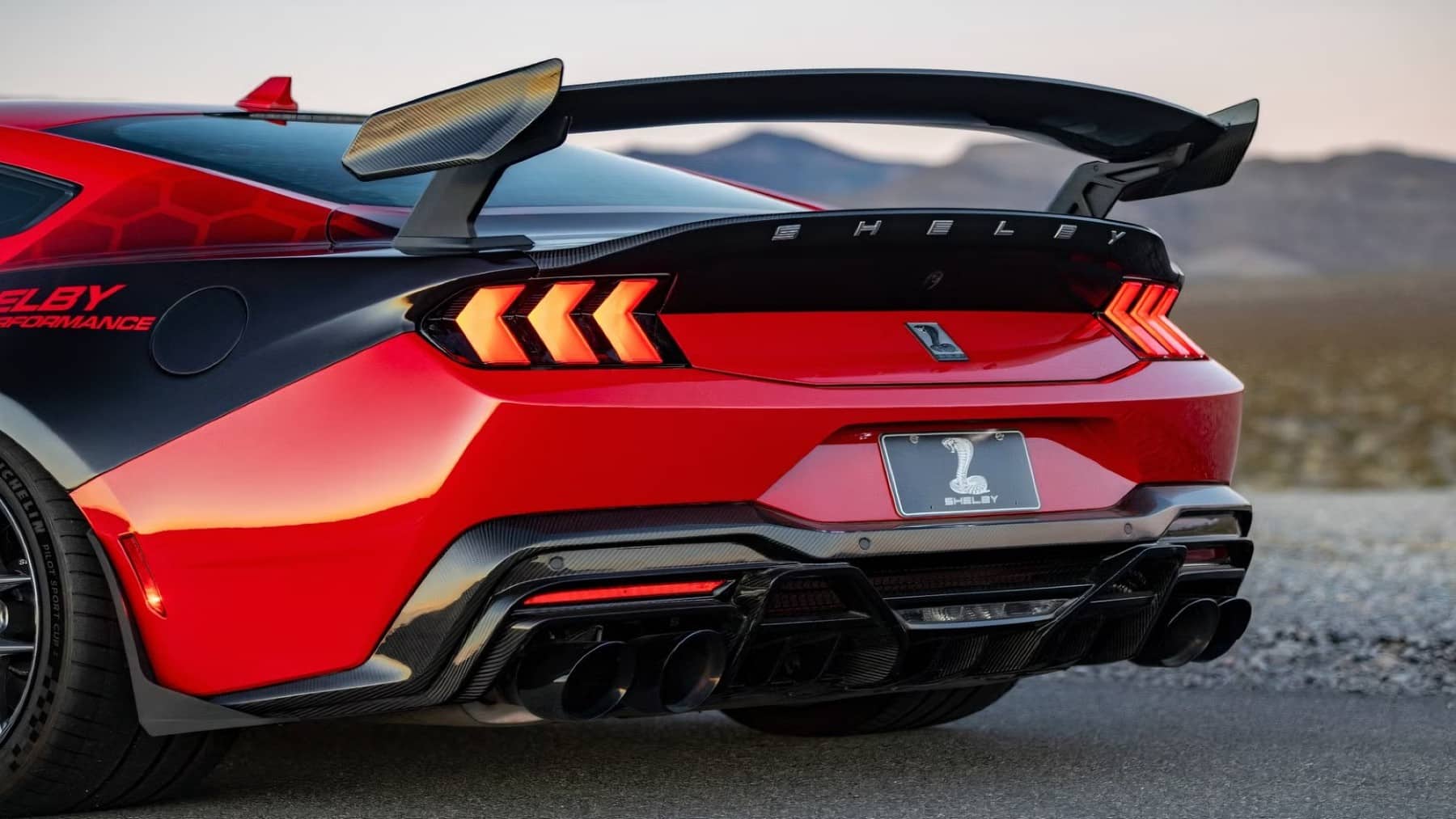Toyota seems to be pushing forward on its agenda to stun the automotive world, but Toyota’s ability to sway the world by its inventions is not at all a new ability by this Japanese automaker. In fact, Toyota can be remembered for their prototype vehicle that did not run on either electricity or gasoline, but rather on air. Before Toyota succeeded with this, the idea of an air-powered engine seemed like something out of a daydream.
Toyota’s KU:RIN, an unforgettable forgotten breakthrough
The KU:RIN, must be noted as the first ever three-wheeled air-powered vehicle created by the Toyota Industries Corporation in 2011, which was capable of reaching speeds of over 80 mph by making use of nothing but compressed air. While often forgotten today, this technology holds the power to cause quite a stir and perhaps even wipe out the entire EV market if the concept is revisited.
Retracing Toyota’s engineers’ footstep leads us back to September 2011 where this futuristic vehicle defied logical conventions. The KU:RIN had been developed by a team of hobbyist engineers who had been working under the “Dream Car Factory” initiative at Toyota Industries Corporation. This particular vehicle reached a Guinness World Record-worthy speed of 129.2 km/h (80.3 mph) despite being simply powered by air.
Many compared the KU:RIN to a steam engine that used an entire tank of compressed air. The air had been compressed, making use of a standard air-conditioning compressor.
While the KU:RIN was an impressive feat for the automotive world, the excitement was short-lived as this mobile could only travel 3,2 kilometers (2 miles) before running out of its compressed air supply. While speed was not at all a problem, its limited range and the lack of infrastructure for refueling made it a vehicle that was not practical for most.
A strategy formulated by Toyota itself
Toyota developed a revolutionary concept that never experienced commercial success. One of the reasons why Toyota’s success with this prototype never reached new heights was that it was limited in terms of energy density. With compressed air, less energy was stored in comparison to the commonly used gasoline or lithium-ion batteries. Hence, the creation was unable to run for long distances. For the KU:RIN to compete with traditional EVs, enormous tanks and high-pressure systems would be required, but this solution comes with safety risks.
When this prototype made its debut, EVs and hybrids had been evolving and itcould not compete with EVs such as the Nissan Leaf or Tesla Model S. However, competition was not the main factor why the KU:RIN’s success was short-lived. Toyota’s strategy was most probably not to allow the KU:RIN to be a mass-market product. Toyota is still making more strategic moves with its latest secret project being unveiled.
The return of air-powered hybrids
Although the KU:RIN is a relic of the past, researchers are working on compressed air hybrid systems so as to improve fuel efficiency without relying on costly and resource-intensive batteries. According to a team in Sweden, a 60% improvement in the fuel economy had been reported when compressed air was integrated into a hybrid engine. The compressed air makes this hybrid type a simpler and potentially cheaper alternative to conventional hybrids.
Should Toyota or any other automaker revisit the KU:RIN’s core principles and incorporate them with modern materials and technology, a stroke of automotive genius may result.
A change in the auto industry
While headlines today focus on Toyota teaming up with Mazda and Subaru to unveil a ’22nd-century’ engine, Toyota’s short KU:RIN story proves that innovation cannot follow a straight path. Even though the concept has, for now, been shelved, the world may catch up. Perhaps the blast from the past KU:RIN could never wipe out EVs as we know them, but it does promise an alternate way of thinking. In the race to decarbonize the roads, maybe there is room for the comeback of a vehicle powered by air.














